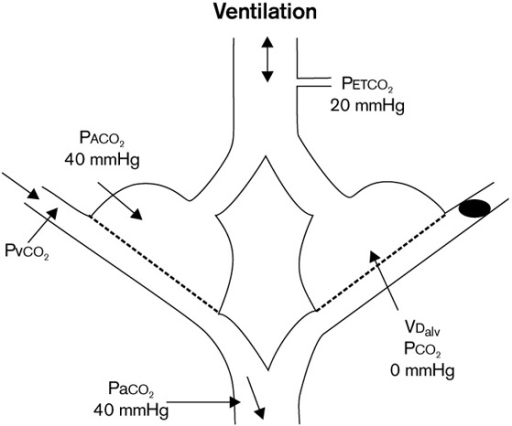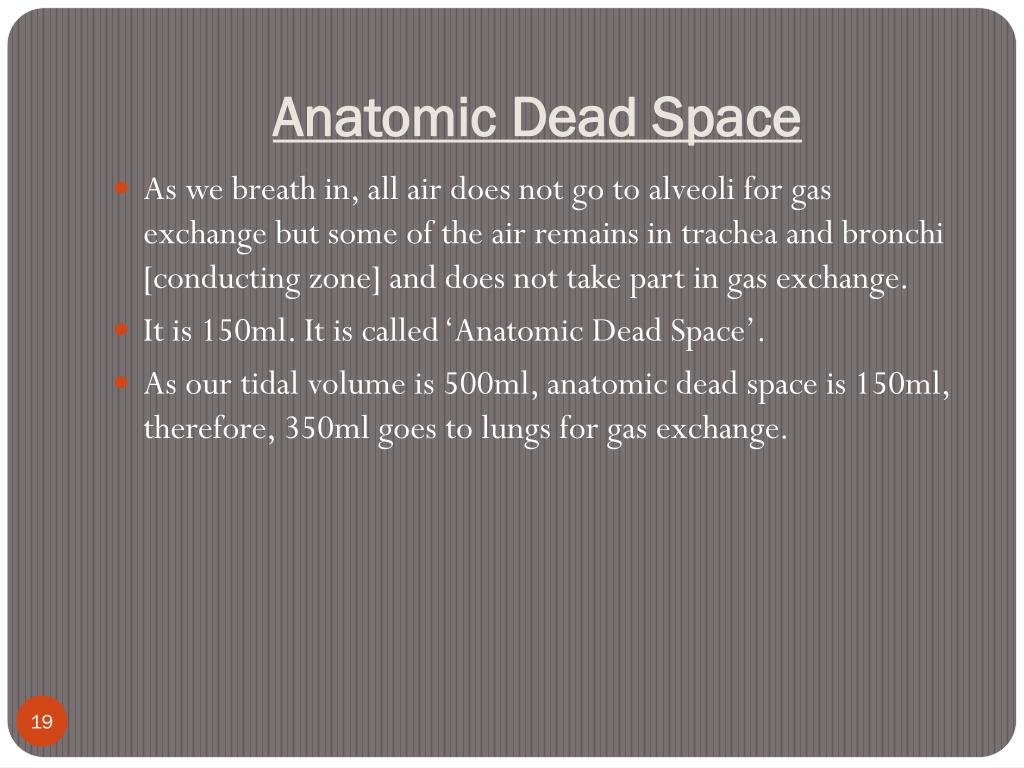

Although the magnitude of V D/V T elevation differed between etiologies, V D/V T in non-survivors was consistently higher than in survivors and correlated directly with the number of failing organs. Calculating V D/V T using the Enghoff-Bohr equation from mean expired CO 2, they found that V D/V T was generally elevated in subjects with aspiration or pneumonia, who had higher values than those with non-pulmonary sepsis or trauma. In this issue of R espiratory C are, Kallet et al 12 present the results of an observational study in 685 subjects with ARDS managed with lung-protected ventilation, with V D/V T measurements forming part of clinical management. 2 This association has been found in the era of lung-protective ventilation, 6 at different stages of ARDS, 8 using different measurement techniques, 9, 10 and in subjects with ARDS diagnosed using the Berlin definition. 2, 3, 5, 7 Increased dead space is independently associated with an increased risk of death in subjects with ARDS.

1– 6 The Enghoff equation is influenced by large shunt fractions present in ARDS, and the result is a good global index of the efficiency of lung gas exchange. In critical care, the most common approach to measuring V D/V T is volumetric capnography, which reports CO 2 elimination as a function of expired V T, and V D/V T is calculated using the Enghoff modification of Bohr's equation: V D/V T = (P aCO 2 − P ̄ECO 2)/P aCO 2, where P aCO 2 is the partial pressure of CO 2 in arterial blood and P ̄ECO 2 is a measure or an estimate of mixed-expired partial pressure of CO 2.

Physiologic dead space (V D), which is defined as the fraction of tidal volume (V T) that does not participate in gas exchange, provides information about the efficiency of lung gas exchange.


 0 kommentar(er)
0 kommentar(er)
